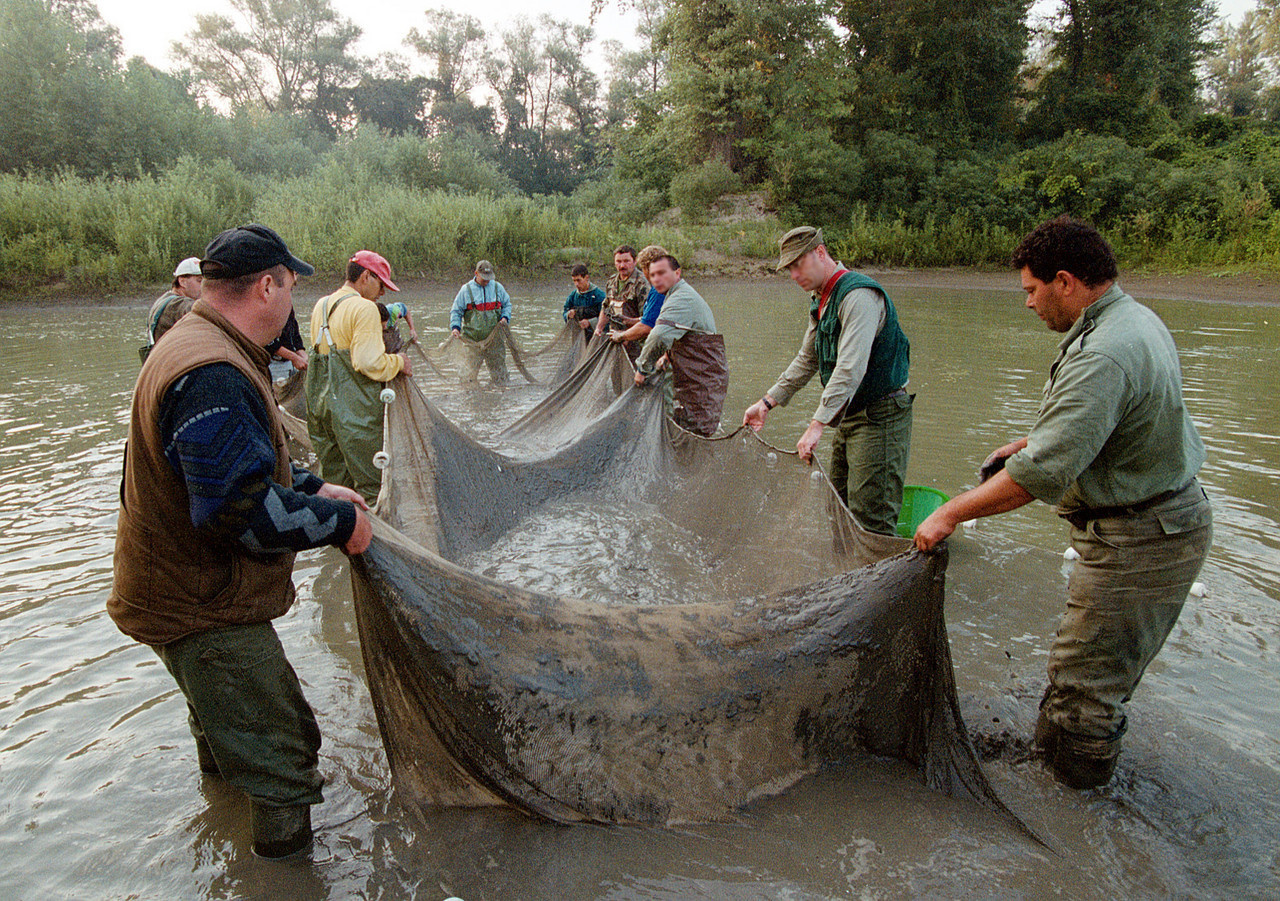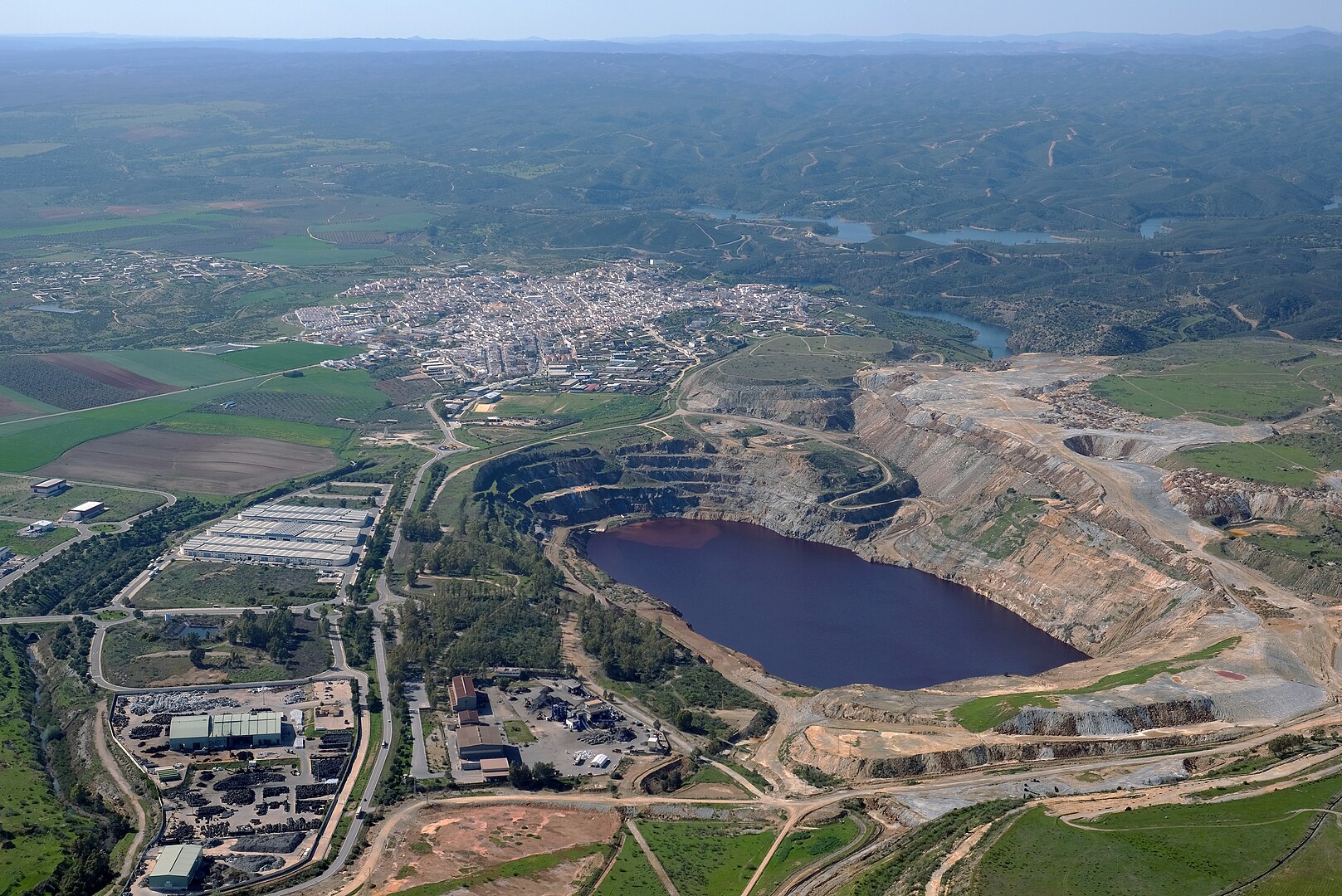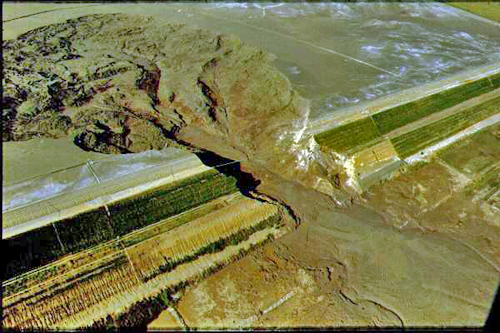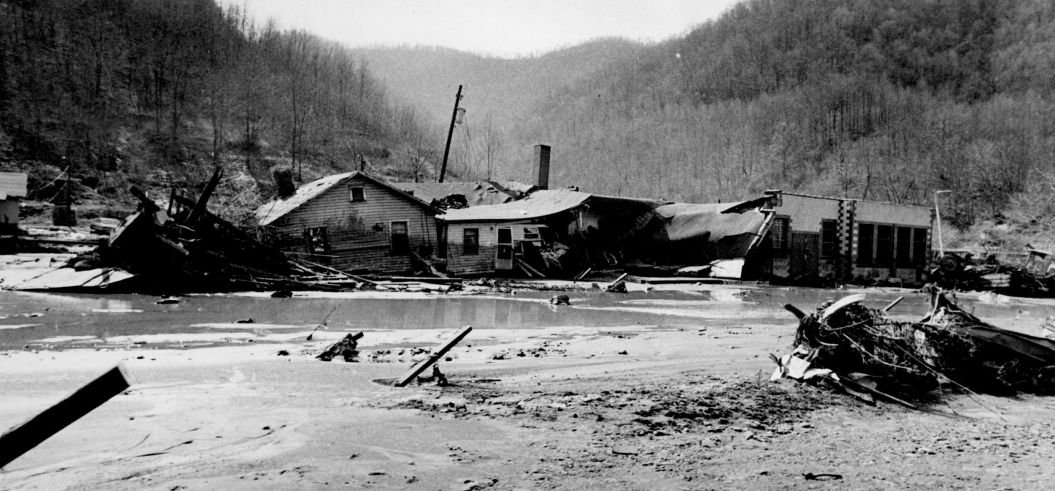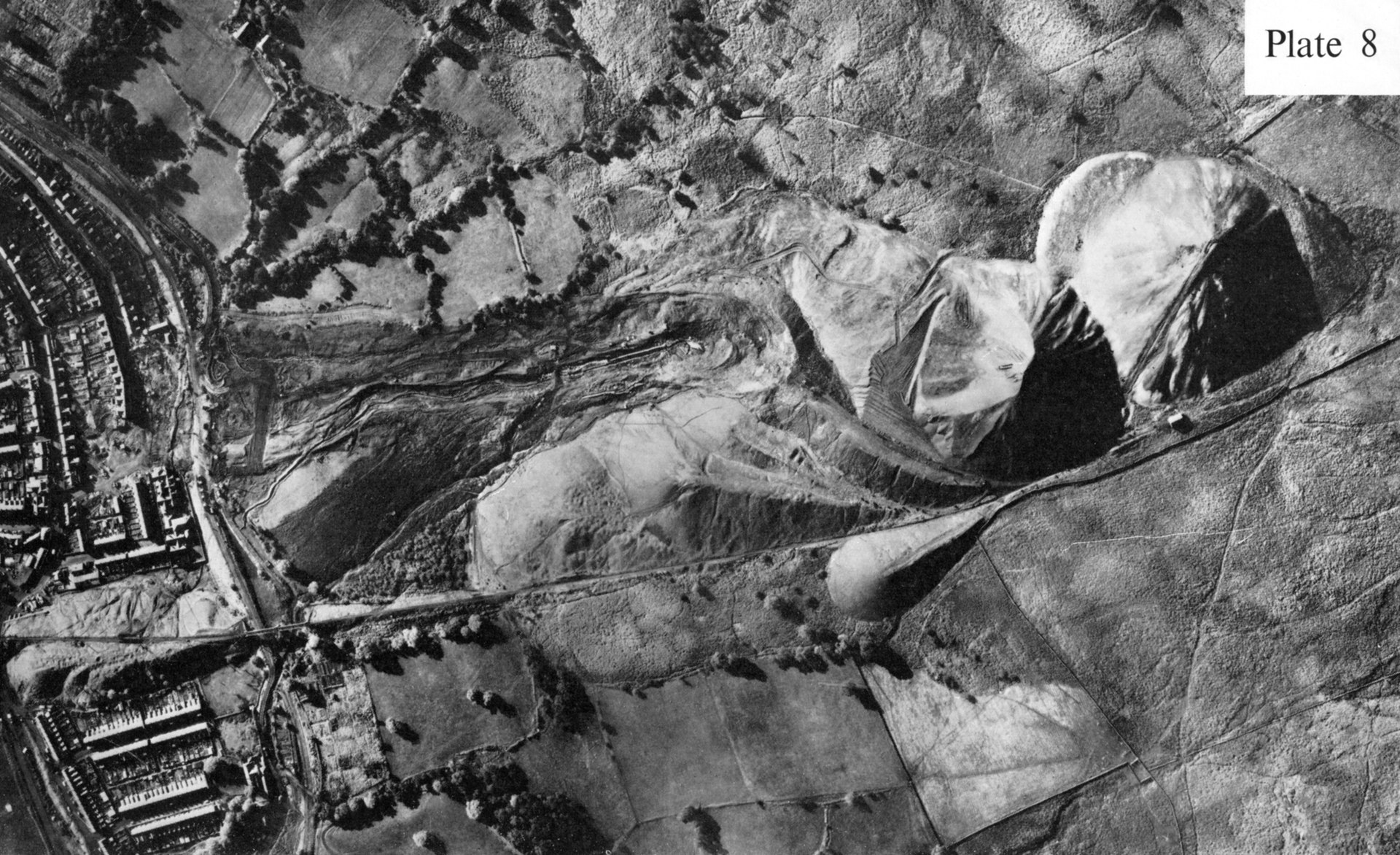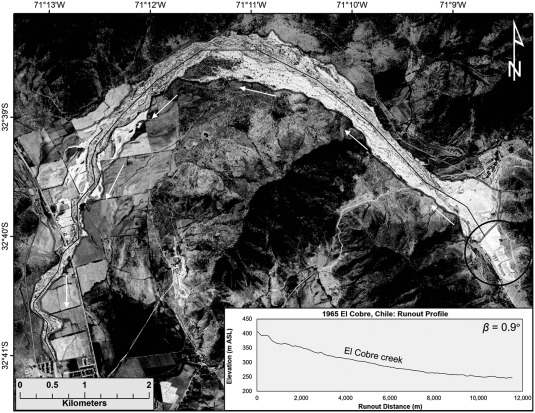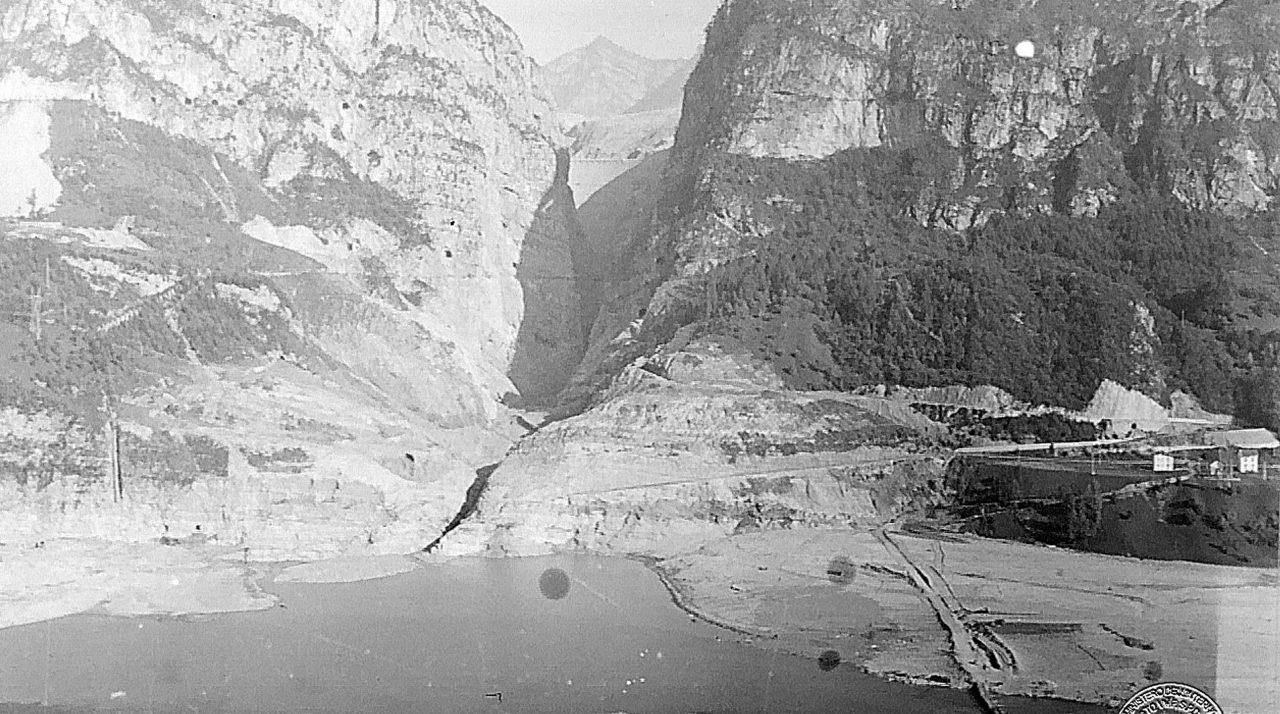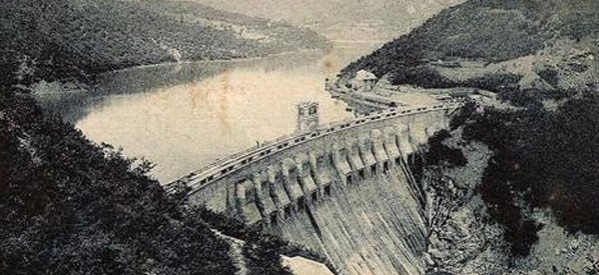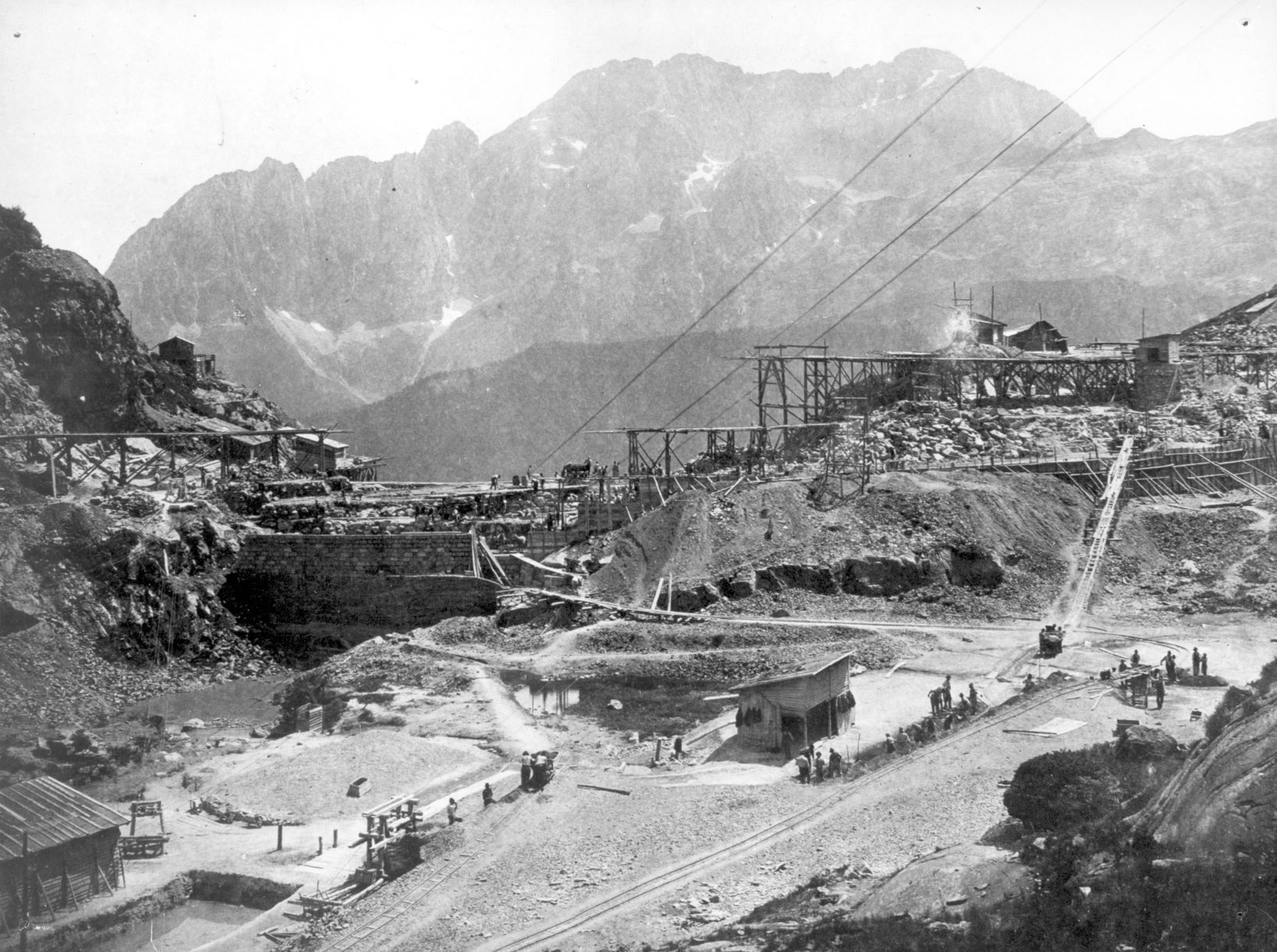The Baia Mare tailings dam failure, 2000
On 30th January 2000 at 22:00 hrs, a breach in the tailings dam of the Aurul S.A. Baia Mare Company, released some 100,000 m3 of cyanide-rich tailings waste into the river system near Baia Mare in north-west Romania (Maramures district). This spill released an estimated 50-100 tonnes of cyanide, as well as heavy metals, particularly copper, into the rivers Somes, Tisza and finally into the Danube before reaching the Black Sea. Aurul S.A. is a stock company, jointly owned by “Esmeralda Exploration Ltd.”, Australia, and the Romanian “Compania Nationala a Metalelor Pretiosasi si Neferoase”, established in 1992. The company processes

